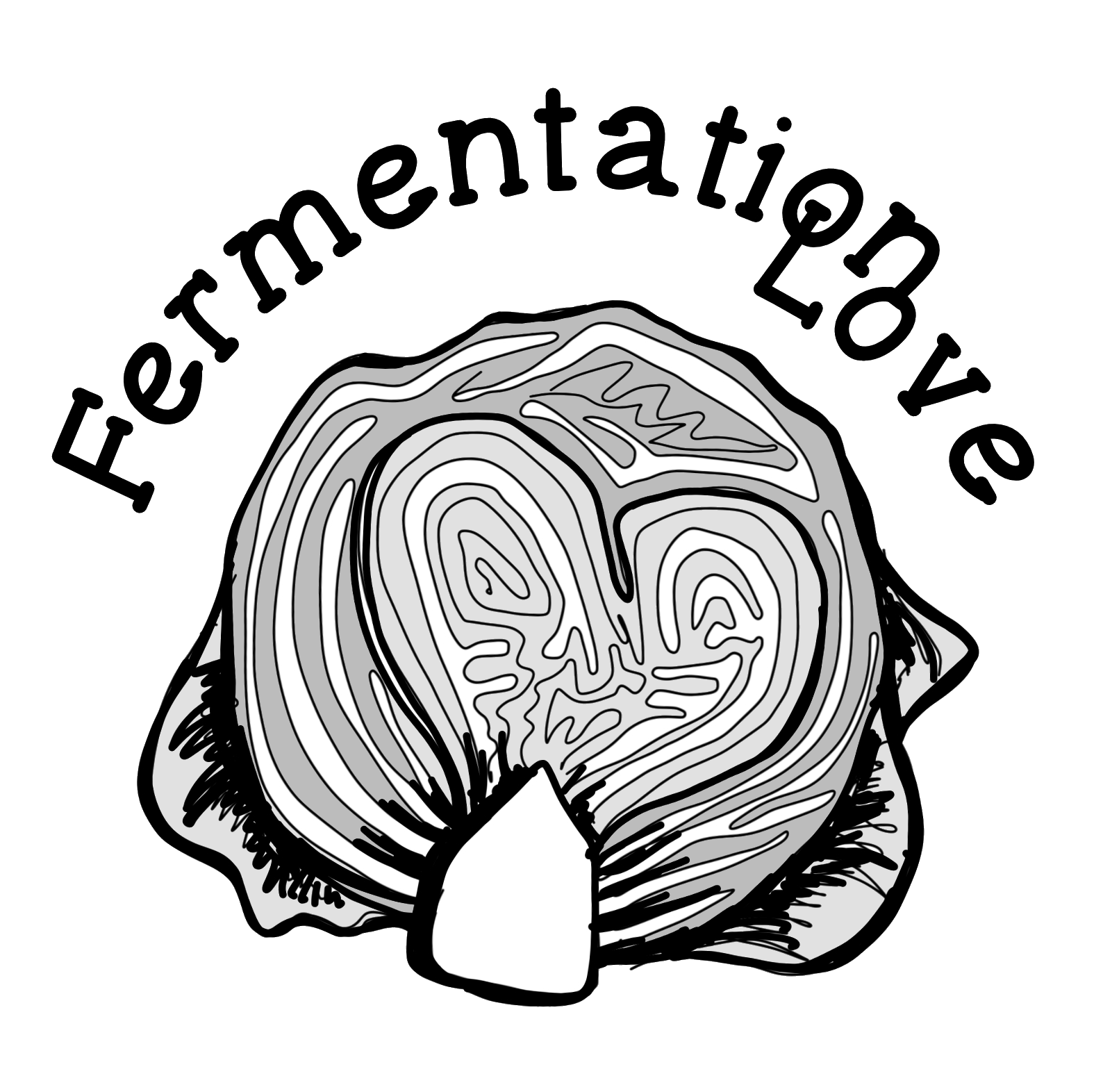Hej there!
If you’ve landed here, you were probably looking for the English version of my website. And I’m really sorry to say – it’s no longer available.
Goodbye (for now) to the English version
This wasn’t an easy decision. I loved making my knowledge accessible to a wider audience, but maintaining the bilingual site became too time- and resource-intensive for me to keep up. Since all the information on this site is free for y’all, I had to make some tough choices – and for now, that means focusing on the German version.
That said, I don’t want to leave you completely stranded! Many modern browsers, like Chrome and Edge, offer built-in translation features that are surprisingly decent. While not perfect, they can help you navigate the German version if you’re willing to give it a try.
I truly appreciate everyone who visited the English site, and I hope that one day I’ll be able to bring it back. Until then: happy fermenting, and thank you for being here!
Warmly,
Katsu
